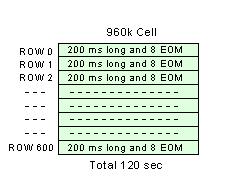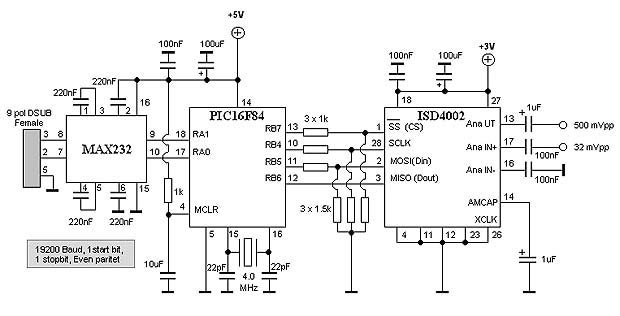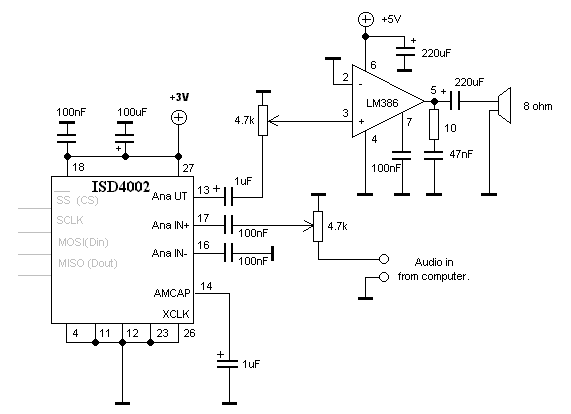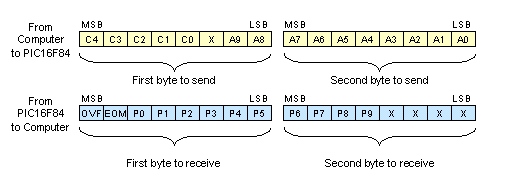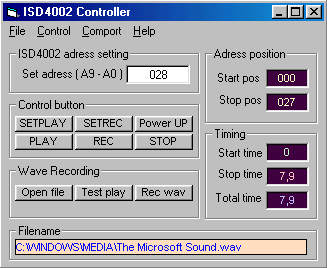
If you send a record command to the circuit it will start record until you send the end command. At the same time you send the end command you will clock out the end address (P0 - P9). The internal address counter in the circuit will be pointing at the next address.
Let's say you set the address to 000h and start recording for 7.9sec. When you send the end command, you will receive 027 from the P0-P9. This means that the circuit has recorded from address 000h to 027h. If you want to record another message you must set the address to 028h or else you will write over the first message. In my window program I automatically increase the address by 1 after a recording. In the left pic you can see that the recording stopped ad adress 027h and the adress setting (white box) has incresed by one (028h). You can now simply record another message without thinking about the address setting.
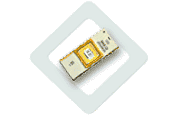 ISD4002-120 Recording Circuit
ISD4002-120 Recording Circuit